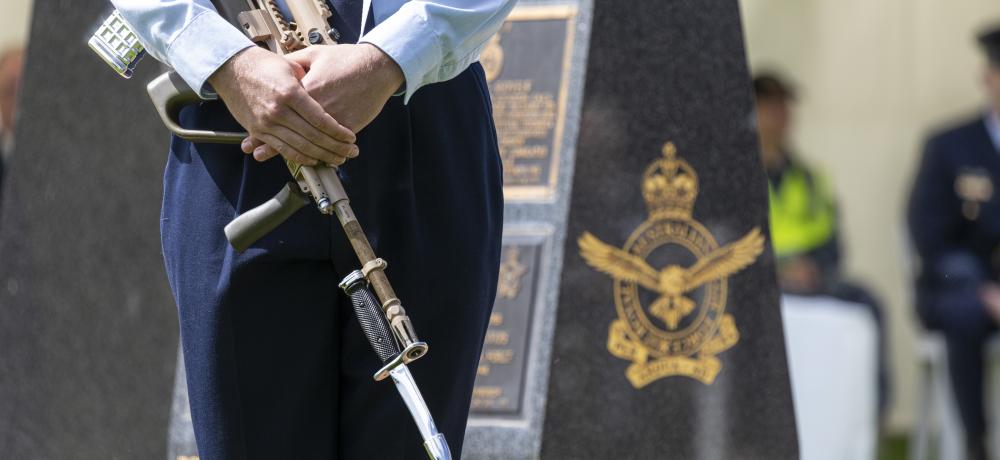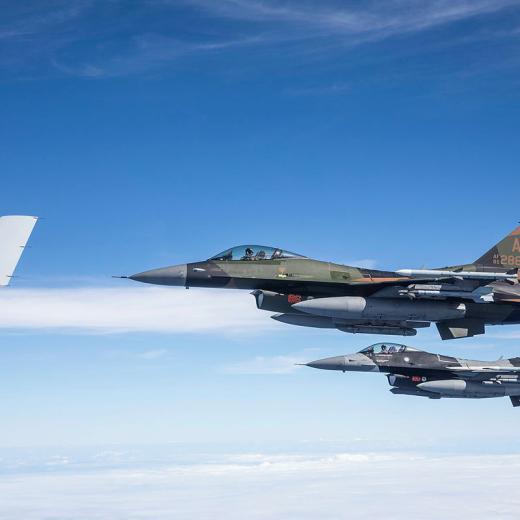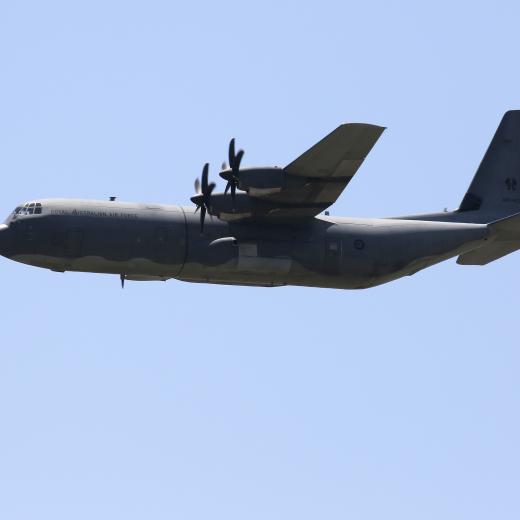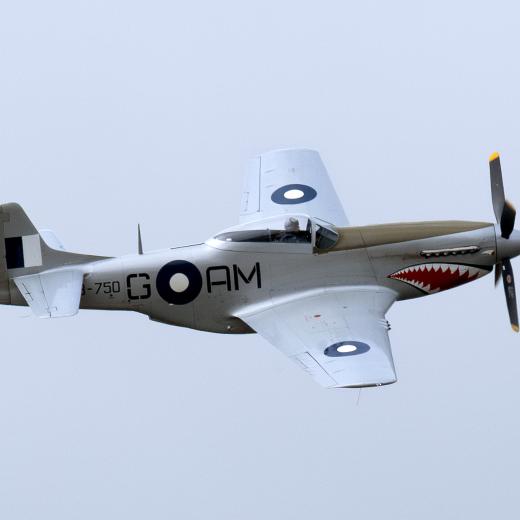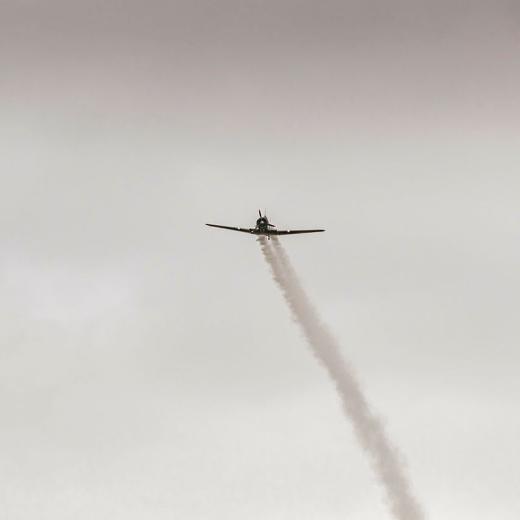BLUF
Access to German archives has enabled a better understanding of why the Royal Air Force won the Battle of Britain.Summary
In 1943, the RAF Air Historical Branch wrote an account of the Battle of Britain, expecting it would be reviewed when German archives were available. It has taken 77 years, but, To defeat the few: the Luftwaffe’s campaign to destroy RAF fighter command, August–September 1940 does provide a perspective from Nazi Germany. The main points are:
- The Germans had no strategic-level headquarters staff and no real strategic or operational leadership.
- The Luftwaffe was designed to operate in support of the army.
- Initially, the RAF used single squadrons to fight larger numbers of German planes resulting in higher loss rates for the RAF.
- The RAF later combined squadrons which maximised effectiveness and minimised radio channel use.
- Doubling the number of fighters quadrupled combat effectiveness.
- The RAF learned not to use WW1 tactics.
- The British ‘integrated air defence network’ used coastal radar sites, ground-based observers and radio command-and-control networks.
The Battle of Britain, was to a certain extent a battle of attrition in which the RAF was better organised and replaced its losses at a higher rate than the enemy Nazi Germany.
References
- Classic Warbirds Royal Air Force Tactics During the Battle of Britain
- National archives UK Why did Britain win the Battle of Britain in 1940?
- Jan 2020 Nine News Nazis could have won Battle of Britain if they attacked earlier, study shows
- Oct 2020 ForcesNet Battle of Britain: The Inside Story Of How The Luftwaffe Was Beaten
- Jan 2021 HistoryHit 10 Reasons Why Germany Lost the Battle of Britain

